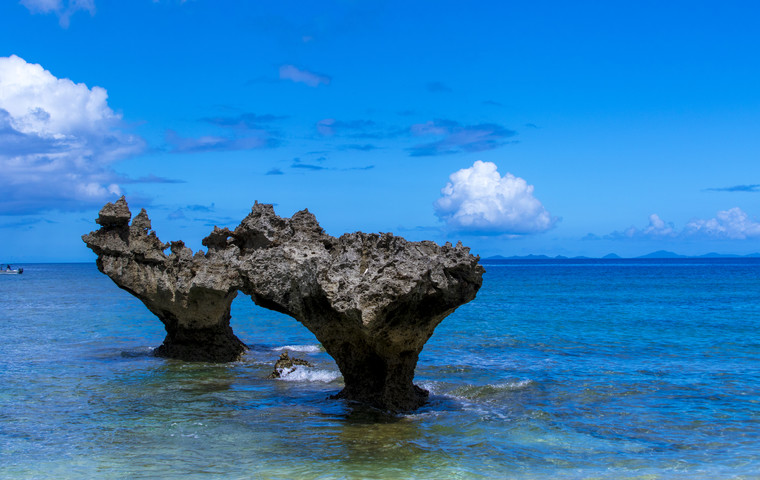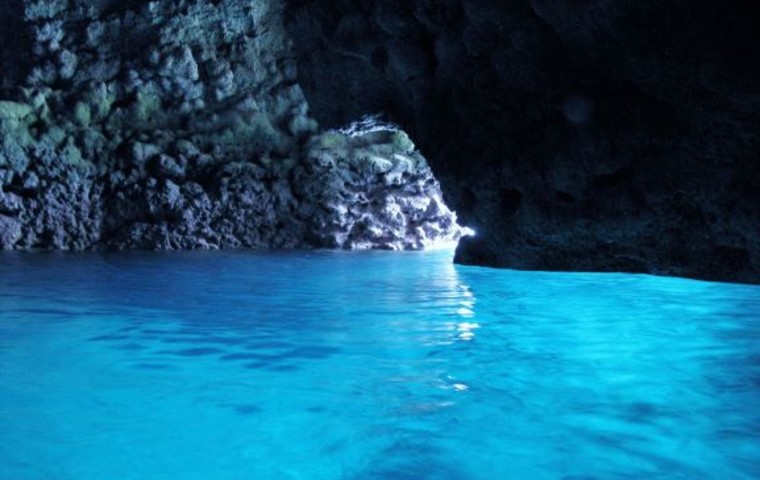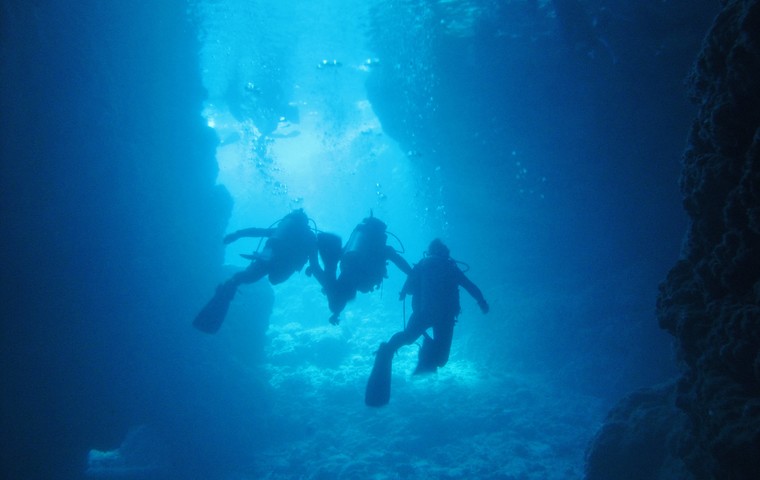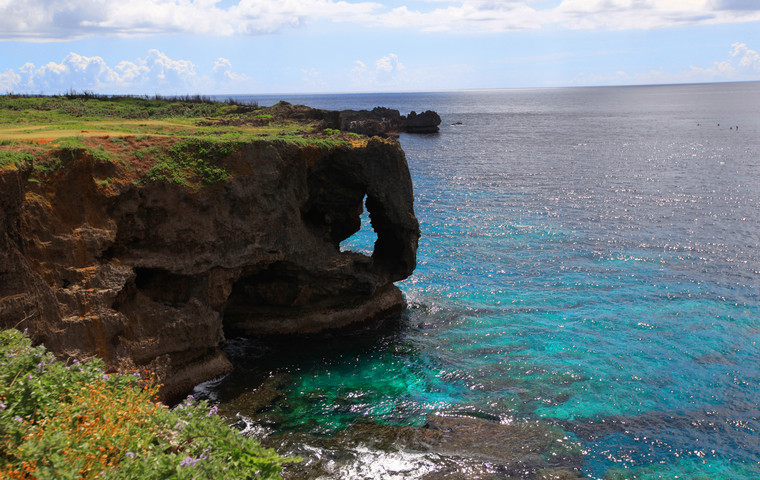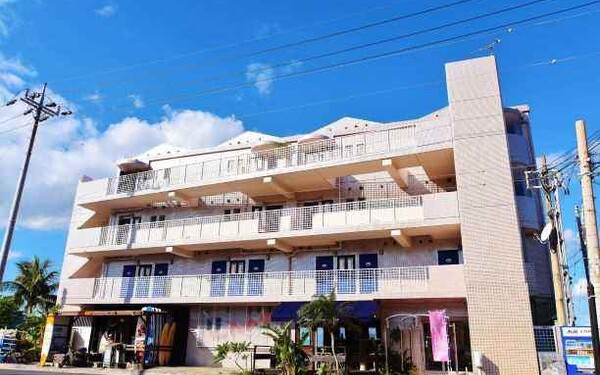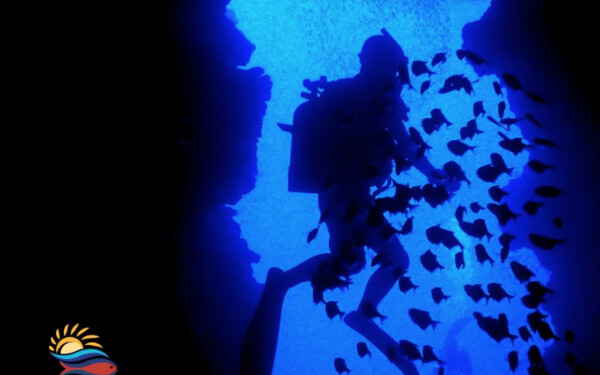All year round:
-Variety of nudibranch
-Variety of Shrimps and Crabs
-Large school of fishes
-Variety of sharks
-Redeye goby(Bryaninops natans)
-Orange-striped shrimpgoby(Stonogobiops yasha)
-Yellownose prawn-goby(Stonogobiops xanthorhinica)
-Flabelligobius sp
-Giant cuttlefish(Sepia (Sepia) latimanus)
-All 6 types od crown fish seen in Japan
Clark's anemonefish(Amphiprion clarkii)
Tomato clownfish (Amphiprion frenatus)
Clown anemonefish (Amphiprion ocellaris)
Pink skunk clownfish (Amphiprion perideraion)
Yellow clownfish (Amphiprion sandaracinos)
Saddleback clownfish(Amphiprion polymnus)
Ring eye jaw fish (Opistognathus sp.1)
Onna Village
Visit the beautiful Okinawa diving town
Onna is a village located in Kunigami District, Okinawa Prefecture.
Onna occupies a long, narrow stretch of the western coast of the island. The village is located in the rugged Sekiryo Mountains that run from the north to central Okinawa Island.
There are beaches with white sand and clear water such as Minnajima Beach and exciting underwater terrain, underwater cave and tunnels, just outside the reef.
The coastal areas of Onna was declared part of Okinawa Kaigan Quasi-National Park in 1972 after the reversion of Okinawa Prefecture to Japan.
Onna is noted for its coastal scenery, notably Cape Manzamō and Cape Maeda. Cape Maeda is famous among the local divers and snorkelers, because of the "The blue cave".
The incoming ray from the sun makes this cave blue. An experience you can't miss if your diving in this area.
Other popular diving areas
○Manza "Dreamhole"
A very narrow vertical tunnel going down to the bottom, then turning 90 degrees horizontally, through the tunnel out to the outside reef. If you can handle the darkness, it will be an experience you want to repeat.
○Onna village "Yamada"
Starting from the white sandy area, heading down slowly to the deep. Here you see the Saddleback clownfish(Amphiprion polymnus),Pikachu nudibranch(Thecacera pacifica),Variety of nudibranch and Frog fish.
○Cape Maeda "Tsubame no ne"
This place was named after the school of longfin batfish (Platax teira) often seen at this location. When you go down into the deeper area,
you can see colonies of Flabelligobius sp,Orange-striped shrimp goby(Stonogobiops yasha),Yellow nose prawn-goby(Stonogobiops xanthorhinica)
How to get there/ Where you can stay
https://www.google.com/maps/dir/?api=1&destination=26.447117,127.803246
